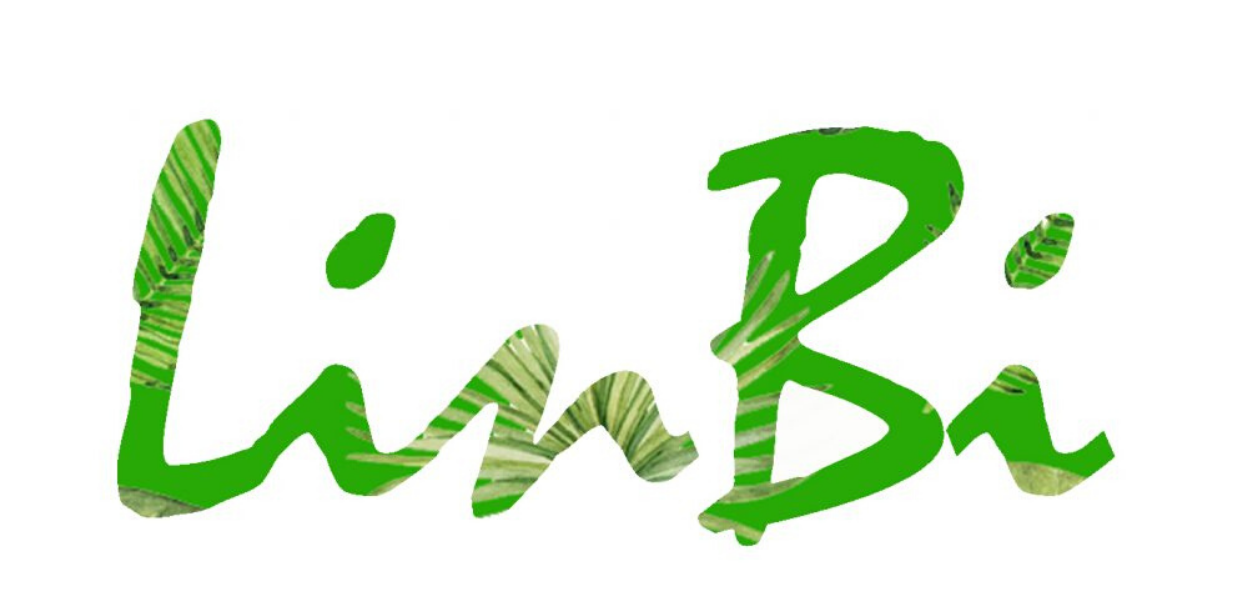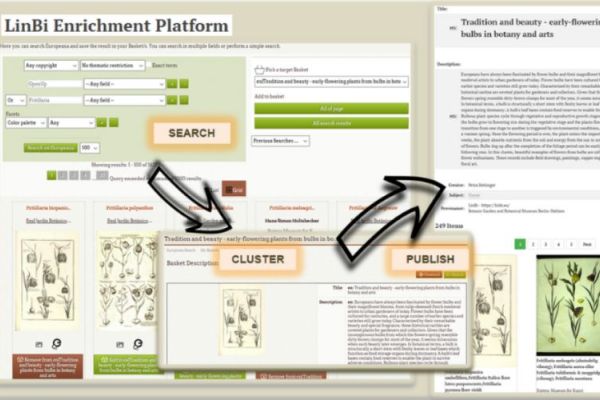In order to do this, the project created the LinBi Simple Vocabulary which links basic terms to scientific biodiversity data. For example, this LinBi record links the scientific term "Abies cephalonica Loudon'' to the abstract top-level term 'Greek fir'. In this way, non-expert communities across the globe can recognise the more common names (e.g Greek fir) of widely-found plants and animals and reference them in their day-to-day activities.
The project enriched the metadata of more than 1 million Europeana records with the LinBi Simple Vocabulary. Additionally, LinBi aggregated to Europeana more than 1,5 million records, of which 95% are in the highest content tier 4.
The project created a new aggregation pathway to Europeana for biodiversity content: the LinBi enrichment platform, which provides tools for linking, enriching and creating new objects in the Europeana Data Model (EDM) format. The platform uses the Europeana APIs to retrieve content to Europeana to the platform and vice-versa and it was created under open-source standards and frameworks.
To enhance the visibility of the Natural History collection to the non-expert community, the project delivered 3 online exhibitions: ‘Edible Plants from the Americas‘, ‘François Crépin and the Study of Wild Roses‘ and ‘Magical, Mystical and Medicinal’, each of which is written in more than 2 EU languages.
Learn more about the project: www.linbi.eu
This project was a Europeana Generic Service project, and it was co-financed by the Connecting Europe Facility of the European Union.



